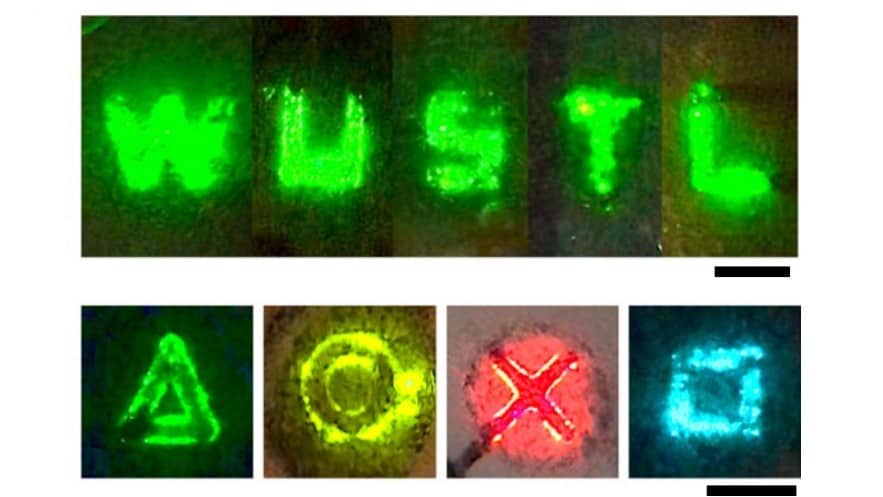Although it seems like a mundane material, the rich and varied behaviour of sand has long fascinated physicists – from the creation and motion of mighty dunes to the patterns of tiny ripples that appear on beaches.
Now, researchers at Lehigh University in the US have put a new magnetic twist on the dynamics of sand. Their sand comprised polymer spheres called microrollers, which have one hemisphere coated with a magnetic material. When a magnet was rotated beneath a container holding the microrollers, they began to flow uphill.
The team reckons that this bizarre behaviour is related to how the particles interact with each other in the magnetic field. They found that the field caused the particles to rotate and briefly stick together to form “doublets” that then break up.
Negative coefficient of friction
The result is a granular material that has a negative angle of repose. The angle of repose is the largest angle possible for a conical pile of sand, beyond which pile will collapse. This negative angle, say the researchers, is a result of a negative coefficient of friction between the particles.
“Up until now, no one would have used these [negative] terms,” says team member James Gilchrist, adding, “They didn’t exist”.
According to the team, these strange properties allow the particles to work together to do counterintuitive things such as flow up walls and climb stairs. The researchers believe the curious phenomenon could be harnessed in a wide range of applications, including microrobotics.
You can watch the magnetic sand in action in the above video, and read about the research in Nature Communications.

How would you like to receive a handwritten birthday or Christmas card that lights up in different colours? Some readers might find this amusing, while others might see it as the height of bad taste. But regardless of your views, handwritten LEDs are now a real thing, thanks to researchers at Washington University in Saint Louis and colleagues.
Writing in Nature Photonics, they describe how they created a set of four pens that are used to deposit layers of different materials to create glowing LEDs on substrates such as paper.
The materials deposited by the pens were designed to have similar properties as the ink used in pens, so the LEDs can be drawn by hand. Because the LEDs can be drawn on flexible materials, the technology could be used to create wearable electronics.
You can read more in this article in Physics by Sarah Wells.
